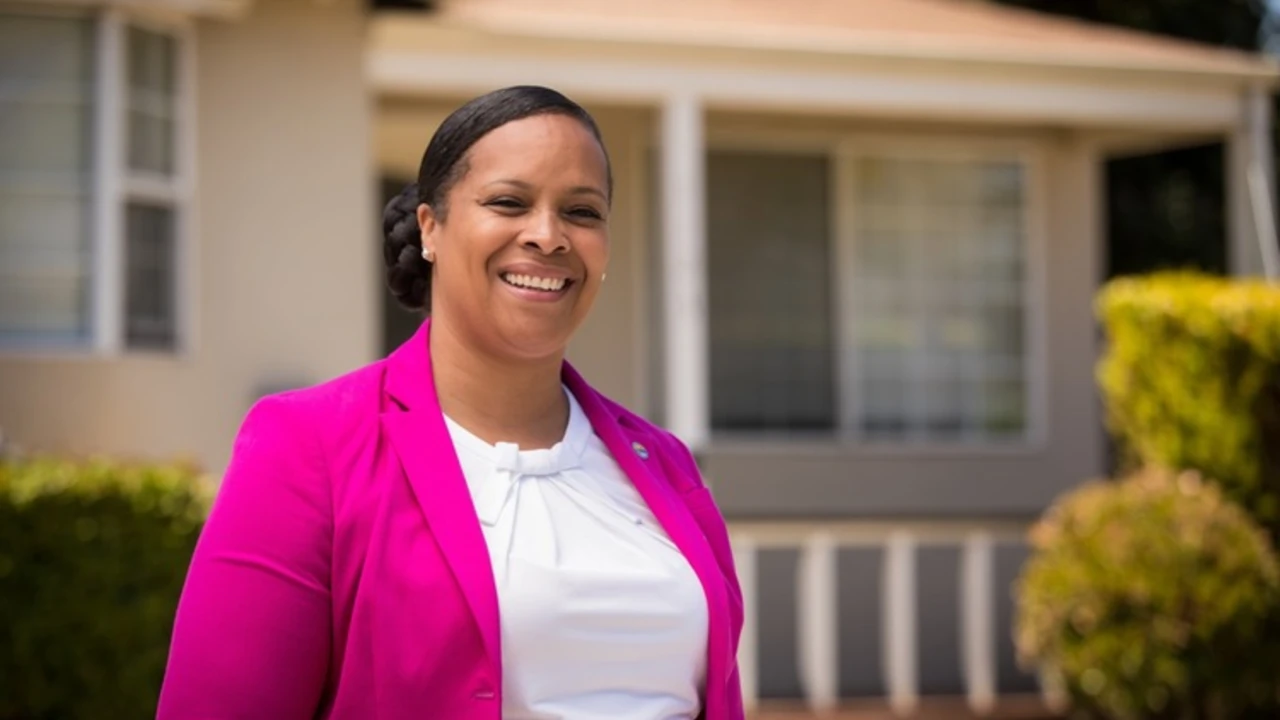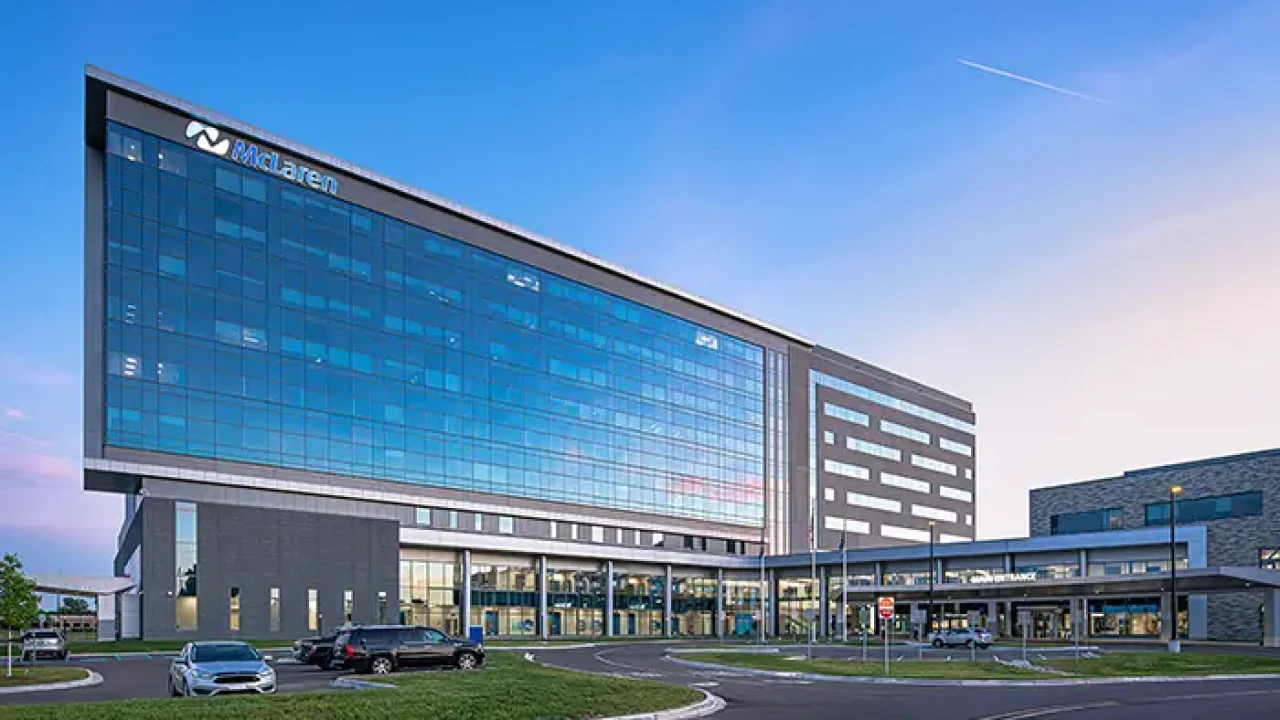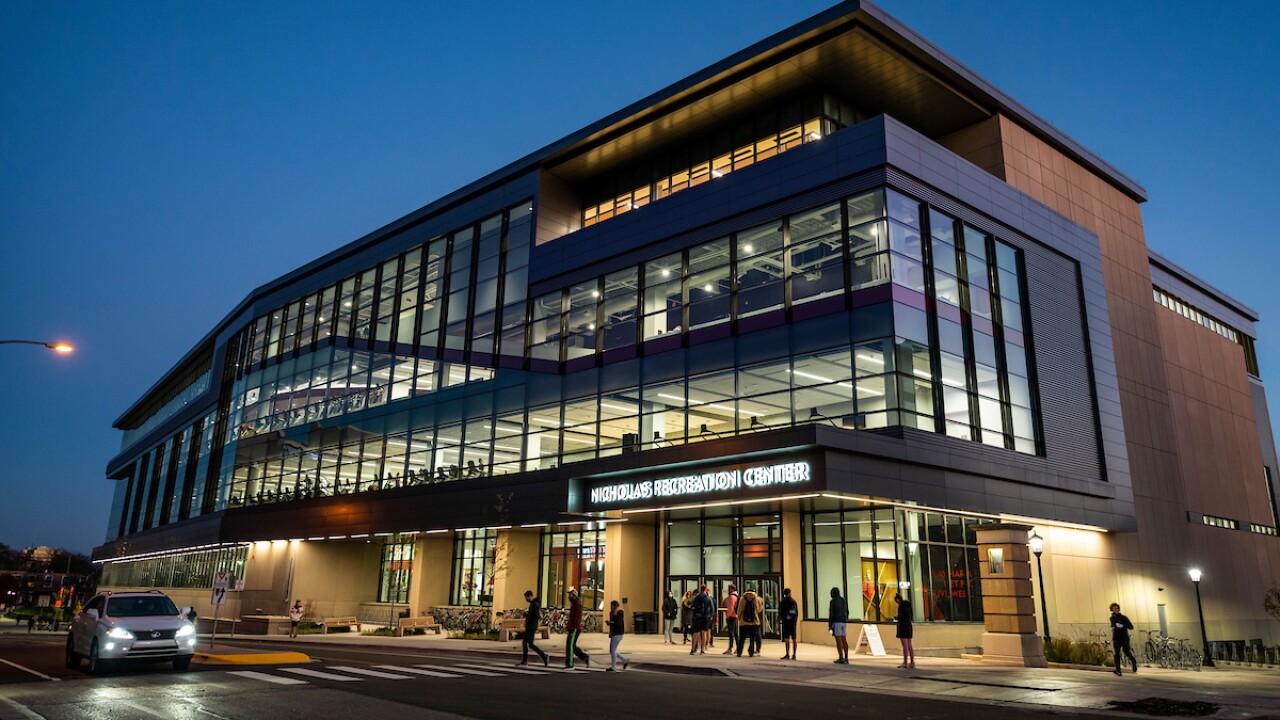
May 6 brought disappointing results for schools in the two Midwest states with bond referendums on ballots. Michigan and Ohio schools were mostly rejected by voters, in contrast to the national passage rate in this election.
The results deepen a trend in which Midwest schools
Michigan had a 37.5% passage rate for school bond measures on May 6 ballots, according to
That's compared to a national passage rate on May 6 of around 50%, according to
Year-to-date, Texas has the highest school bond passage rate of any state, while Ohio, North Dakota and Kansas have the lowest, per
"Keep in mind this was an 'off-cycle' election," said Craig Thiel, research director for the Citizens Research Council of Michigan, a nonpartisan policy research nonprofit based in Livonia. "Generally, there is much lower voter turnout for these elections with many voters showing up that have 'strong' feelings one way or another."
That said, Thiel added, Michigan's school bond passage rate is way down from May 2022, when school bond proposals had a 60% passage rate.
"I suspect that current economic uncertainty may have been one contributing factor in some communities," he said. "Michigan taxpayers are concerned about how current and future tariffs could impact their jobs and paychecks. Especially those voters that lean toward valuing smaller and less government spending, including for public schools."
Jesse Nelson, a principal with Baker Tilly's municipal advisory team, highlighted the distinction between bond requests with millage increases and those without.
"The key factor influencing these results was whether the school district was seeking a bond millage increase," Nelson said. "School districts not seeking a millage increase had a passage rate of 60%, while those seeking an increase had a passage rate of only 8%."
Thiel noted that wealthier communities can get more mileage out of comparatively low millage rates, whereas lower-income communities may struggle to find millage rates that can both meet their needs and win approval from voters.
"Michigan's system for funding local school facility repairs, upgrades, and new construction falls entirely on local taxpayers via dedicated debt millages; state government provides no direct funding to help meet these costs," he said. "Given the wide variation in property wealth across the state, some communities simply don't have the tax base to address their needs within acceptable millage rates."
A
The SFRF is a consortium of public school superintendents from across Michigan, representing each region of the state, formed to oversee the facility condition assessment called for by legislation passed in 2022.
The study, which was conducted from May 2023 to December 2024, assessed 2,534 school buildings in 552 districts, a 93% participation rate. It found that for 26 buildings, it would be cheaper to replace than to repair, with the aggregate cost of replacement coming to $208 million. For 2,508 buildings, it would be cheaper to repair than replace, with the total cost of repairs coming to $22.6 billion.
Within the "repair" category, 23.3% of investments need to be made in the next three years, 30.5% need to be made in the next four to six years, and 46.2% need to be made in the next seven to nine years.
"The largest drivers of repair costs are HVAC ($7.5 billion), roofing ($3.4 billion) and electrical improvements ($2.8 billion)," the study notes. "Simply bringing our schools' existing HVAC systems and roofs up to standard would require a $10.9 billion investment by the year 2034."
The densely populated major metro areas have the highest raw costs, but the cost per student is spread across the state. Districts in northern Michigan tended to have the highest need per student, according to the study.
"While many states provide dedicated funding for school capital projects, Michigan does not," the study says. "Capital expenditures are an allowable use of school aid fund dollars provided to districts by the state; however, those funds are primarily used — and prioritized for — providing instruction and day-to-day operational costs."
$15.2 billion of local school district debt was outstanding at the end of fiscal year 2023, according to the Michigan Department of Treasury.
The Michigan study cited Ohio as one example its own state could learn from, noting that 50% of Ohio school districts' master facility plans had been completed or partially completed by 2024.
But the results of last week's election suggest Ohio schools may not have an easy road ahead either. Some school districts, such as Beavercreek City School District in Dayton, saw the margin of defeat actually widen to a two-to-one margin when it tried for $265 million of bonds again after being shot down in November.
"We are disappointed that the bond issue did not pass, as it would have enabled us to address the significant capacity concerns facing our district in a proactive, long-term manner," Superintendent Paul Otten
In Michigan, Essexville-Hampton Public Schools also saw voters reject by a narrow margin its $13.5 million bond referendum that would have created a science, technology, engineering and mathematics center at the junior high school, broadened access to early childhood education at the elementary school, upgraded the high school's athletic and arts facilities and installed new public address systems.
Superintendent Justin Ralston referred questions to
"Falling short by a mere 51 votes is a reality that stings, a narrow margin that underscores the complexities of community decisions, especially those involving our shared financial future," Ralston said in the statement, noting his inbox was filled with emails following the vote, including from students wondering about its implications.
"Misinformation is also all around us and we appreciate everyone who reviewed the website," he added. "We held 16 town halls and coffee chats in an attempt to share facts and answer questions."
Capital funding delays can have multiple impacts, said Baker Tilly's Nelson Two of the primary ones are climbing construction costs and elevated costs from delayed efficiency improvements.
"Recently, construction costs have been increasing, meaning school districts need to ask for more money to complete critical infrastructure improvements like roofs, parking lots, and HVAC systems," Nelson said. "As these projects are delayed, costs could continue to rise, resulting in a larger overall cost to the community in the long run."
School districts also take a hit from putting off efficiency improvements, he said: "School districts use capital dollars to make improvements that lower electricity and heating bills. Delaying these improvements forces districts to continue operating older systems, leading to higher ongoing operating costs."
Nelson noted Baker Tilly's research found a passage rate closer to 44% in Michigan in the May 6 voting.
The CRC's Thiel said Michigan school districts are emerging from a time when the federal government sent them a collective $6 billion in pandemic relief. Those funds have now been spent, but in many cases, they were used to bolster rainy-day funds.
"Although those funds have been exhausted, our analysis shows that large swaths of this funding were used to grow school reserves to almost $5 billion statewide, compared to $2 billion before the pandemic," he said. "These rainy-day resources can be tapped to address facility needs in some communities where taxpayers said 'no' to a recent bond proposal, without significantly damaging a district's overall fiscal health."





